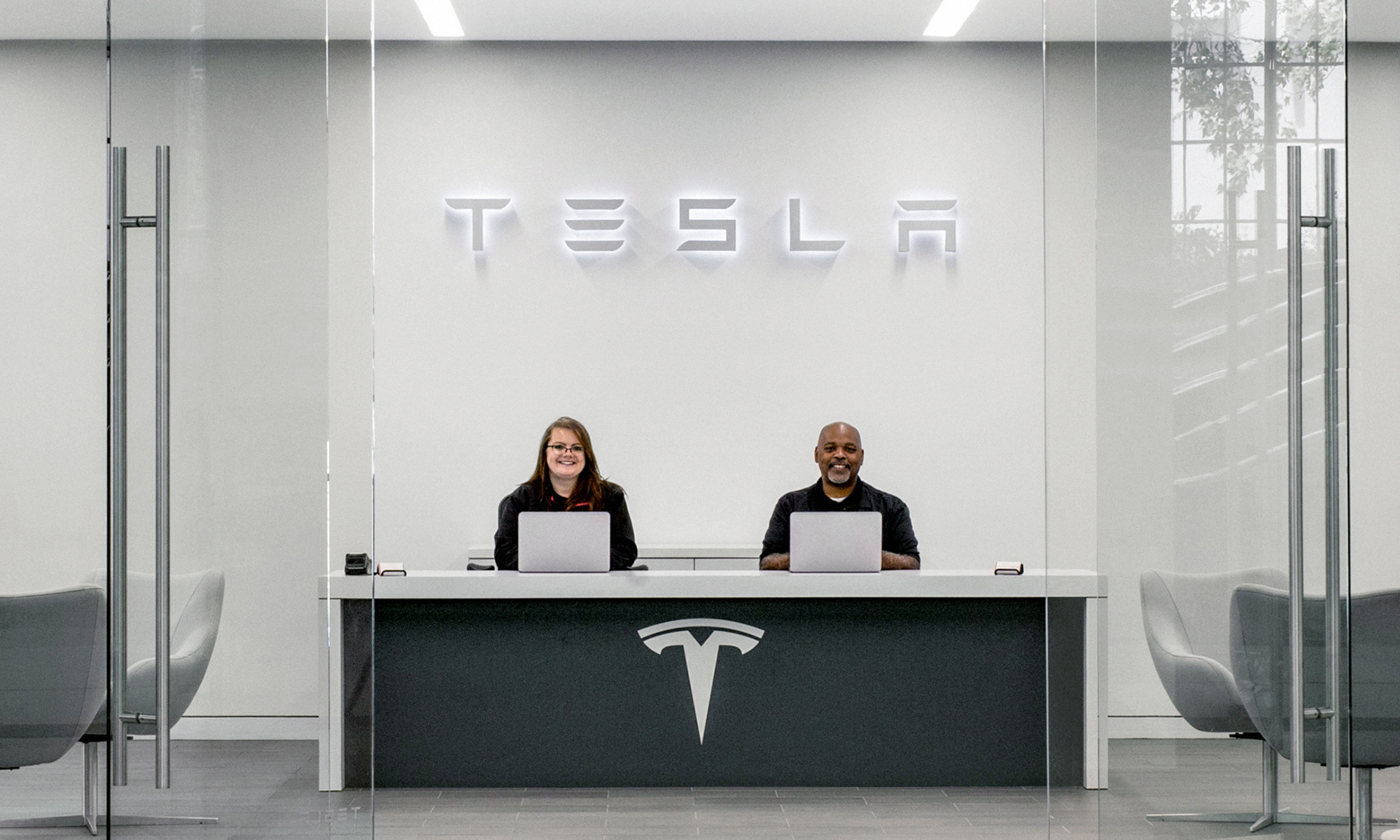Tesla (TSLA 1.02%) is set to report its first-quarter 2018 earnings after the bell on Wednesday, May 2. Here are three things I'll be listening for carefully as the company's earnings call unfolds.
How close is Tesla to running out of cash?
Tesla had $3.4 billion in cash on hand as of the end of 2017. That sounds like a lot of money, and it is. But Tesla has burned a whole lot of money lately, and there are no signs that that has changed.
Tesla's free cash flow in 2017 was a whopping negative $4.14 billion. That number would have been even worse had the company not beat expectations in the fourth quarter with a jump in customer deposits (for the Tesla Semi and next-generation Roadster) and by selling off inventories of Model S and Model X vehicles. That cash burn has almost certainly continued into this year: Tesla forecast $3.4 billion in capital expenditures for 2018, a number that equals the amount of cash it had as of the end of 2017.

Tesla's hopes for profitability are pinned to the Model 3 sedan. But Tesla has already spent billions trying to get the Model 3 into full production, and may have to spend billions more: Will it run out of cash first? Image source: Tesla, Inc.
Tesla's burn rate has serious observers -- not just the shorts on Twitter -- asking whether the company is in danger of running out of cash at some point soon. CEO Elon Musk appears to be gambling that Tesla can get Model 3s going out the door in sufficient quantities to turn the company's cash flow positive before its bank account runs dry. Earlier this month, Tesla said that it will not need to raise additional cash in 2018. But if the Model 3 production issues continue, Musk may have to rethink his -- and Tesla's -- options.
The company's first-quarter free cash flow number, along with the factors that went into it, will tell us a lot about whether Tesla is really getting close to the brink.
What's happening with Tesla's self-driving effort?
Once upon a time, Tesla was widely seen as a leader, perhaps the leader, in the race to develop fully self-driving cars. It was a key part of the case for Tesla as an investment, and a key selling point for Tesla's vehicles. Thousands of Tesla owners have already paid extra for "full self-driving capability," a feature that Tesla doesn't have today but promises to roll out -- eventually.
When is "eventually"? It's a good question because Tesla is no longer seen as a self-driving leader. Alphabet's Waymo subsidiary will soon begin operating self-driving vehicles in ride-hailing service, with General Motors set to do the same in the next year or so.
Musk had once promised that Tesla would make a coast-to-coast demonstration drive entirely on Autopilot in 2017. But that never happened, and given the buggy state of Tesla's existing driver-assist software, the company now seems miles behind.
It probably didn't help that the leader of Tesla's Autopilot development program for the past two years, Jim Keller, left the company earlier this month. I'll be listening carefully to what Musk has to say about Keller's departure, and about the state of Tesla's autonomous-vehicle development effort generally.
Has Tesla finally had a dose of realism?
Fans love Musk for his optimistic vision of the future. But there's optimistic, and there's wildly implausible. Too many of Musk's past predictions have been the latter. Here's an example from Tesla's earnings call last quarter:
Just to give you some sort of flavor for our optimism on Model Y, I think. Model Y, I think, we might aim for something like maybe [production] capacity of 1 million units a year, something like that, just for Model Y alone.
Model Y is an upcoming Tesla model, a crossover SUV based on the Model 3's underpinnings. If it's well-executed, demand will almost certainly be brisk, by Tesla's standards. But the idea that Tesla will be able to sell 1 million Model Y's a year is a very big stretch. That sales rate would make it one of the world's three or four best-selling vehicles, alongside mainstays like Ford Motor Company's vaunted F-Series pickups or Toyota's near-ubiquitous Corolla. The idea that a $50,000 electric SUV from any manufacturer could sell in such quantities is... highly dubious, let's say. Highly.
To be blunt, I don't think Musk knew that when he made the statement on the earnings call. I think events since then, specifically the very-troubled Model 3 production ramp, may have brought a much-needed dose of realism to him and to Tesla generally.
Signs that Musk is finally learning from his past mistakes and aiming Tesla's sights at incremental, realistic near-term goals around auto sales and production would be bullish. I'll be listening for them during the conference call.






